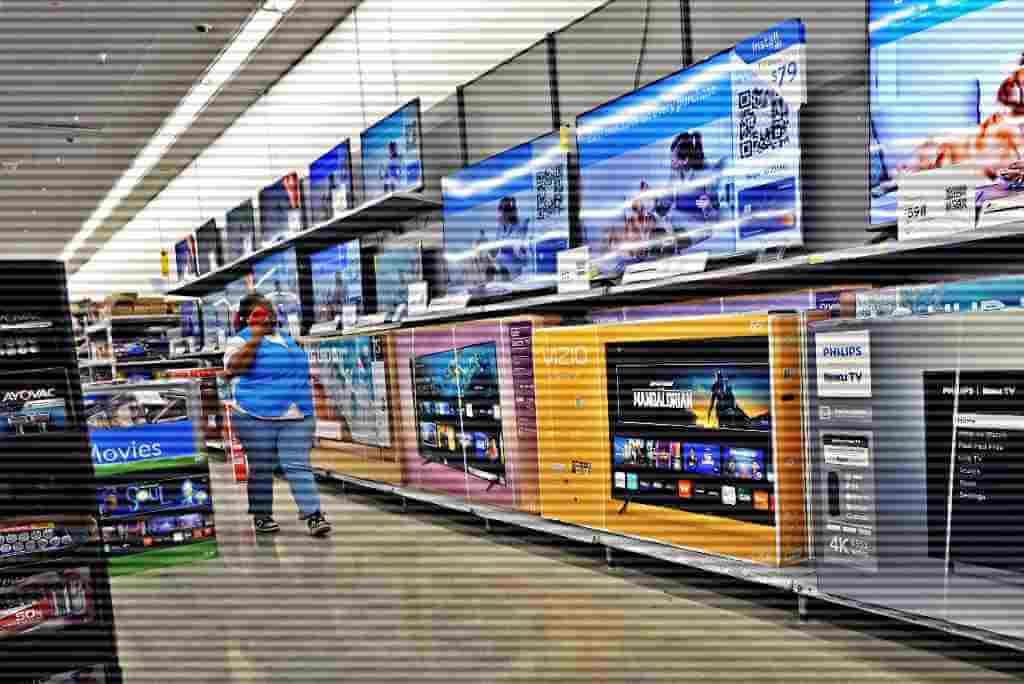The Convergence of CTV and FAST: A New Era in Television Streaming
In recent years, the television industry has witnessed a significant transformation driven by the convergence of Connected TV (CTV) and Free Ad-Supported Television (FAST) platforms. This convergence has reshaped how audiences consume content, disrupted traditional broadcasting models, and opened up new avenues for content creators and advertisers alike.
Understanding CTV and FAST:
- Connected TV (CTV): CTV refers to televisions that are connected to the internet, enabling users to stream content through apps and platforms. Unlike traditional linear TV, CTV allows viewers to access on-demand content from streaming services like Netflix, Hulu, Amazon Prime Video, and more. CTV has gained immense popularity due to its convenience, wide variety of content options, and personalized viewing experiences.
- Free Ad-Supported Television (FAST): FAST platforms provide viewers with free access to a range of content, supported by advertisements. These platforms replicate the traditional TV experience by offering channels with scheduled programming, often including movies, TV shows, news, sports, and more. Popular FAST services include Pluto TV, Tubi, Crackle, and XUMO.
The Convergence:
The convergence of CTV and FAST represents a shift in how audiences engage with television content. Here’s how these two trends are merging to create a new era in streaming:
- Hybrid Platforms: Some streaming services are adopting hybrid models, combining the best of CTV and FAST. This approach provides both on-demand content libraries and linear-like channels, giving viewers a diverse range of choices. This convergence caters to audiences seeking curated programming while retaining the flexibility of on-demand streaming.
- Expanded Content Reach: The fusion of CTV and FAST allows content creators to expand their reach. While CTV brings high-quality, premium content, FAST platforms provide an avenue for lesser-known creators to showcase their work to a broader audience. This convergence democratizes content distribution, allowing for a more inclusive entertainment landscape.
- Advertising Opportunities: Advertisers are increasingly drawn to the CTV and FAST convergence due to the potential to target audiences more effectively. With advanced targeting capabilities and data-driven insights, advertisers can deliver tailored ads to viewers, enhancing the advertising experience and increasing engagement.
- Monetization: Content creators can benefit from the convergence by reaching audiences on both CTV and FAST platforms. They can monetize their content through advertising revenue-sharing models, subscriptions, or a combination of both. This diverse revenue stream contributes to a sustainable content ecosystem.
Challenges and Future Outlook:
While the convergence of CTV and FAST offers numerous advantages, it also presents challenges. The competition for viewer attention is fierce, and maintaining a balance between ads and content quality is essential to prevent viewer attrition.
Looking ahead, the convergence is likely to continue shaping the television landscape. We can anticipate more partnerships between traditional networks and streaming platforms, the emergence of innovative content formats, and advancements in data analytics for better content recommendation and ad targeting.
In conclusion, the convergence of Connected TV and Free Ad-Supported Television marks a pivotal moment in the entertainment industry. Audiences now enjoy a more personalized, diverse, and accessible content experience, while content creators and advertisers have new opportunities for growth. As technology advances and consumer preferences evolve, the CTV and FAST convergence will undoubtedly remain a driving force in shaping the future of television.




0 replies on “The Convergence of CTV and FAST: A New Era in Television Streaming”
yTLtqDshUZcvWxzj
Your comment is awaiting moderation.